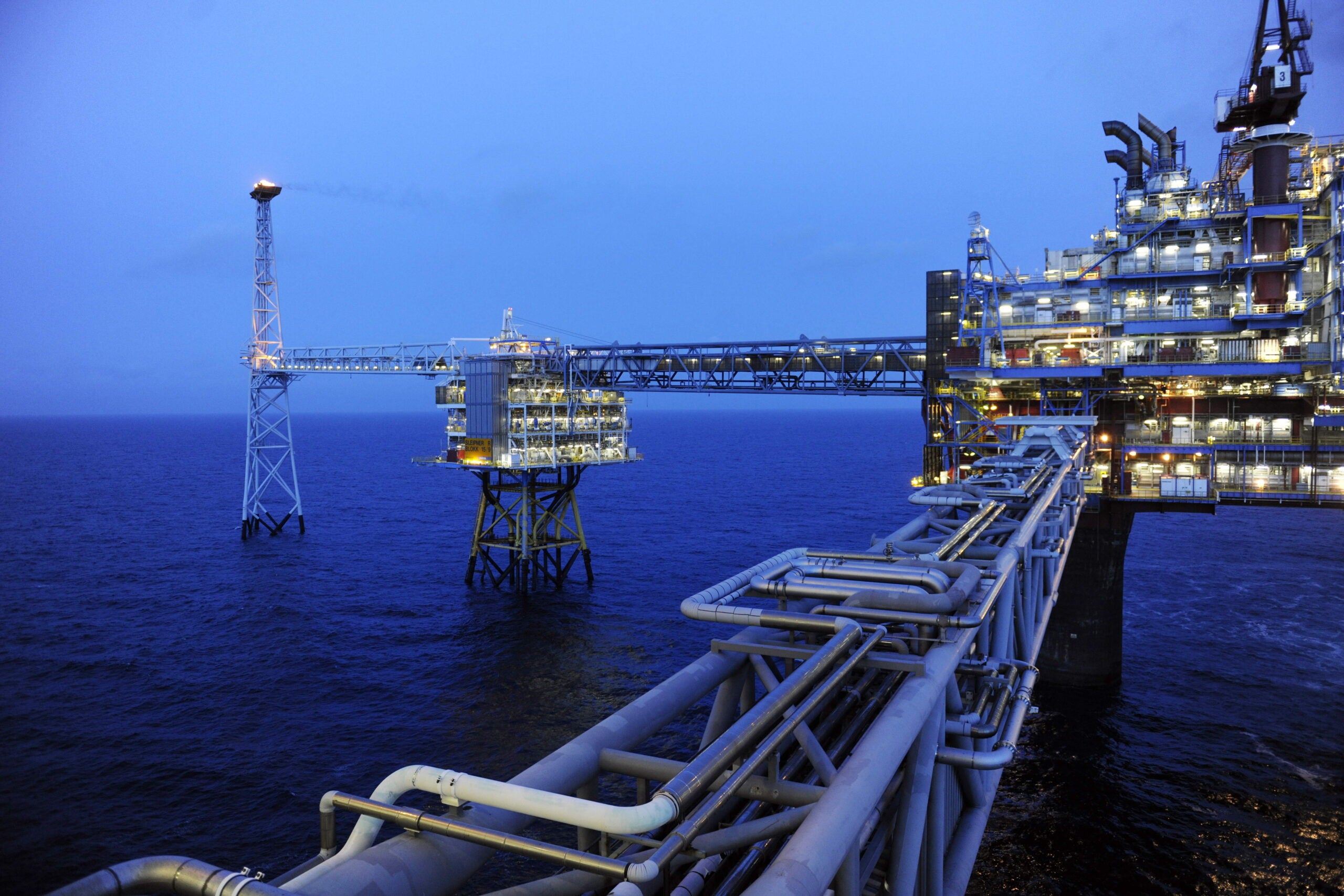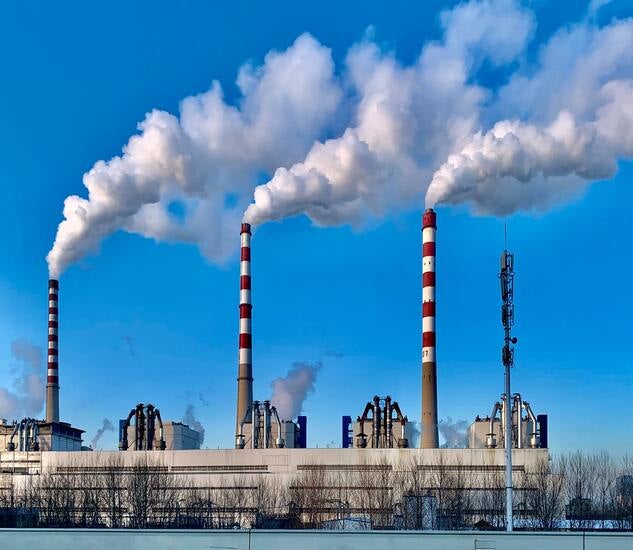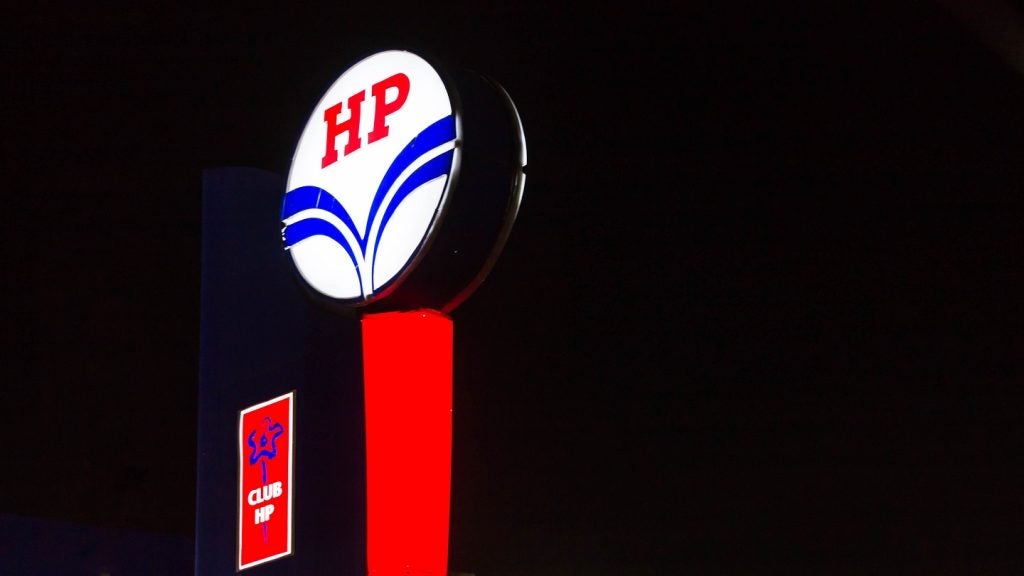
With the Paris Agreement entering into force late last year, the global fight against climate change has reached a milestone consensus. President Donald Trump notwithstanding, governments and organisations have increasingly come to accept the urgent need to transition away from fossil fuels and towards sustainable energy sources and technologies.
As such, oil and gas companies – even the multibillion-dollar supermajors that dominate the industry – must be looking at the fate of the coal industry in the US and elsewhere with some trepidation. Strong targeting of coal-fired power generation by policymakers and campaign groups looking to reduce industrial CO2 emissions has seen the coal industry fall into a slump in developed countries, one from which it will likely never fully recover. The same could be in store for oil majors in decades to come.
“Great companies do go into difficult times when they have a product that people don’t want,” Lord Browne, BP’s chief executive until 2007, told the Financial Times in June last year. “If society is saying it is time to change the mix, I do think the big oils should be involved in the change.”
The industry’s titans, seeing the way the wind is blowing, have shown an increasing willingness in recent years to engage with the emissions reduction conversation. In November, to coincide with the Paris Agreement’s entry into force, oil firms including Royal Dutch Shell, BP and Saudi Aramco announced a plan to spend $1bn over the next ten years to help deal with climate change.
But when oil companies discuss what to do to mitigate their environmental impact and reduce carbon emissions, the question is more fundamental than simply how many zeroes to add to the cheque. The shape of an oil company’s decarbonisation efforts is as important as the size of its investment, particularly when public perception is likely to be sceptical of any efforts it undertakes.
How well do you really know your competitors?
Access the most comprehensive Company Profiles on the market, powered by GlobalData. Save hours of research. Gain competitive edge.

Thank you!
Your download email will arrive shortly
Not ready to buy yet? Download a free sample
We are confident about the unique quality of our Company Profiles. However, we want you to make the most beneficial decision for your business, so we offer a free sample that you can download by submitting the below form
By GlobalDataBP’s Target Neutral: flying the flag for carbon offsetting
BP established Target Neutral in 2006 as a voluntary carbon offsetting business, driving environmental efficiencies in the group and investing in emissions-reducing projects to offset the emissions it (and its customers) can’t avoid. Last year, while marking ten years since its founding, Target Neutral noted that it had offset 2.5 million tonnes of CO2 on behalf of its clients, half of which was achieved in the last three years.
Carbon offsetting, which picked up momentum after the Kyoto Protocol was adopted in 1997, has fallen out of favour in recent years. This is primarily because of the many controversies that have sprung up around projects funded as carbon offsets, and discrepancies over how much of the money invested is actually put towards projects that actively cut emissions.
Without careful monitoring of the paper trail, carbon offsetting projects can come off as little more than scams that fail to live up to companies’ ‘carbon neutral’ claims. Carbon offsets have also been criticised as an extension of corporate greenwashing, allowing companies and individuals to continue business as usual with a clear conscience.
Target Neutral, having been supervising carbon offsetting for more than a decade now, will be aware of these risks. Its carbon offset projects are vetted and selected by an independent panel of environmental NGOs.
Accusations of greenwashing
A new batch of projects was added to Target Neutral’s carbon offset portfolio for 2017, including biogas and cook stove efficiency projects in Peru, China, India and Mexico. These projects join a small-scale hydropower project in China, a gas-switching scheme in the US, a forestry protection initiative in Zambia and others in the portfolio. Target Neutral says its portfolio now has the capacity to remove 2.5 million tonnes of CO2 equivalent every year, an impressive pledge, given that this is the amount it says it has removed over its whole first decade.
Nevertheless, Target Neutral global director Andrea Abrahams wasn’t wrong to point out in July that few Western consumers “express their confidence in companies’ efforts to take care of the planet and society”, and carbon offsetting is particularly ripe for accusations of greenwashing.
This is especially the case when looking at some raw numbers; according to a report by environmental NGO CDP, BP’s total operational and product emissions reached 448 million tonnes in 2015, somewhat making a mockery of the 2.5 million tonnes that the programme wants to eliminate each year, as well as the ‘neutral’ part of its name.
“While it’s all well and good to attempt to address the damage that your company causes by greenwashing its brand with dysfunctional webpages, carbon offsetting activities come with a litany of problems that suggest perhaps BP should, instead, just focus on polluting the world less,” wrote climate campaigner Michael Chaitow in an August editorial.
Direct investment
With carbon offsetting proving controversial and possibly outdated in 2017, it’s little surprise that few oil majors have followed BP into the offsetting game. Some are channelling major investments directly into renewable energy. Dong Energy, Denmark’s largest energy company, has clearly gone the furthest in this regard, transitioning almost entirely away from oil and gas in recent years. The company even recently announced it would change its name from Dong (originally short for Danish Oil and Natural Gas) to Ørsted to reflect its move away from fossil fuels.
In September the company completed the sale of its upstream oil and gas business to Ineos for $1.05bn, transferring its operations to wind power, becoming the largest offshore wind power company in the world in the process.
The major oil companies aren’t looking to replicate Dong’s move, at least not in the foreseeable future, but some are making large investments in renewables. Total bought a 60% controlling stake in US solar panel manufacturer SunPower in 2011 for $1.38bn, and last year acquired French battery firm Saft and Belgian gas and renewables company Lampiris.
These direct investments might not come with the baggage of carbon offsets, but they still represent a commitment to non-hydrocarbon energy projects that has previously proven beyond oil companies. “[Big oil’s] efforts in renewable energy have generally failed, in part because they don’t really believe in it, and they haven’t brought in the right expertise,” said Carbon Tracker Initiative advisor Paul Spedding in a 2016 interview with the Financial Times.
Can big oil turn away from its major products?
Oil firms not being prepared to challenge the position of their primary fossil fuel products is one aspect that is holding back more meaningful contribution to the climate change campaign from the oil and gas industry.
Even the $1bn oil industry climate change commitment announced last year was somewhat marred by the group’s unwillingness to use the money to develop any renewable power or energy storage technologies that would threaten their hydrocarbon businesses, opting instead to prioritise carbon capture and storage (CCS), which has proven expensive and technically complex in the past. Still, Statoil has blazed a trail for offshore CCS projects with its Sleipner and Snøhvit fields, and the Norwegian firm signed a deal with Shell and Total in October to develop CCS technology on the Norwegian Continental Shelf.
And it is true that major firms, including previously reluctant US majors such as ExxonMobil, have been increasingly ready to support carbon pricing systems in recent years. European oil majors made a call for carbon pricing in the run-up to the Paris climate change conference in 2015, while in June this year Exxon, BP and Shell backed a proposal for a $40 tax on every tonne of CO2 emitted to encourage decarbonisation.
A difference between US-based firms like Exxon and Chevron and European companies seems to be that American majors are less supportive of government involvement in carbon pricing than their European counterparts, favouring a free-market approach, while BP executive Tufan Erginbilgic said in October that BP sees government-set carbon pricing as “the most comprehensive and economically efficient policy to limit greenhouse gases”.
The global drive to decarbonise puts oil firms in a strange position, with top executives’ public rhetoric sometimes at odds with their companies’ operations. It’s understandable that the industry is looking to protect the commodities that have been its bread and butter for decades, but ignoring the climate change aspect is no longer an option. Just as making bold moves to diversify and mitigate environmental impacts is a bet with risks attached, so too is refusing to make those investments. Only time will separate the companies that got the balance right from those that didn’t.






